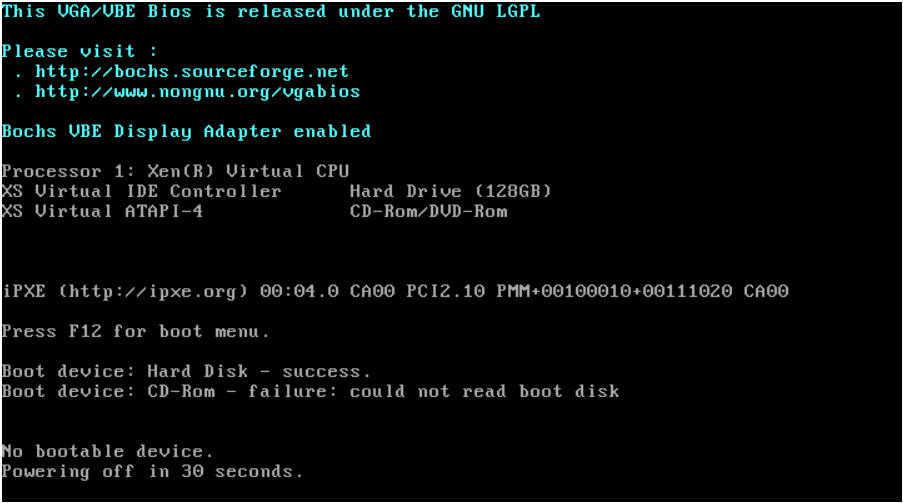Sorry for the necropost but here is what I did.
import XenAPI
import ssl
HOST_IP = "192.168.1.100"
USERNAME = "root"
PASSWORD = "hostpasswordsecret"
VM_LIST = ('sms', 'firewall1a', 'firewall1b', 'firewall2a', 'firewall2b', 'firewall3a', 'firewall3b')
def main():
# disable https certificate checking
if hasattr(ssl, '_create_unverified_context'):
ssl._create_default_https_context = ssl._create_unverified_context
url = f"https://{HOST_IP}"
session = XenAPI.Session(url)
try:
print(f"Connecting to {HOST_IP}...")
session.xenapi.login_with_password(USERNAME, PASSWORD, "1.0", "python-script")
except XenAPI.Failure as e:
print(f"XenAPI Error: {e}")
return
except Exception as e:
print(f"General Error: {e}")
return
for vm in VM_LIST:
print(f"Searching for VM: {vm}...")
vms = session.xenapi.VM.get_by_name_label(vm)
if len(vms) == 0:
print(f"Error: VM '{vm}' not found.")
continue
vm_ref = vms[0]
vif_refs = session.xenapi.VM.get_VIFs(vm_ref)
if not vif_refs:
print("No network interfaces found on this VM.")
continue
print(f"Found {len(vif_refs)} interface(s). Updating settings...")
for vif in vif_refs:
device = session.xenapi.VIF.get_device(vif)
other_config = session.xenapi.VIF.get_other_config(vif)
# ethtool-tx transmit checksum offload
# ethtool-tso TCP segmentation offload
# ethtool-ufo UDP fragmentation offload
# ethtool-gro generic receive offload
if other_config.get('ethtool-tx') == 'off':
print(f" Interface {device}: TX Checksumming already disabled.")
else:
print(f"Disabling TX checksumming for interface {device}")
other_config['ethtool-tx'] = 'off'
try:
session.xenapi.VIF.set_other_config(vif, other_config)
print(f" - Interface {device}: TX Checksumming disabled (ethtool-tx: off)")
power_state = session.xenapi.VM.get_power_state(vm_ref)
if power_state == 'Running':
print(" [!] VM is RUNNING. A reboot is required for these changes to take effect.")
elif power_state == 'Halted':
print(" [i] VM is Halted. Changes will apply on next boot.")
else:
print(f" [i] VM state is {power_state}.")
print("Note: You must reboot the VM or unplug/plug the VIFs for changes to take effect.")
print("")
except XenAPI.Failure as e:
print(f"XenAPI Error: {e}")
except Exception as e:
print(f"General Error: {e}")
try:
session.xenapi.logout()
except:
pass
if __name__ == "__main__":
main()

